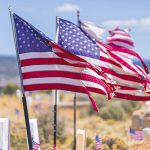
Peak hit in late April, IHS says
WINDOW ROCK
In March the Navajo Area Indian Health Service gave a coronavirus surge projection stating the Navajo Nation would hit its peak in mid-May.
Before the Navajo Nation got its first case of coronavirus, the Health Command Operations Center was established, a state of emergency was declared, schools were closed, travel restricted, and a partial closing of government were enacted in anticipation.
All the planning and foresight could not get the Nation ready for the major hit it would face when on March 17 the first two cases on the Navajo Nation were reported. Now, over two months later, a total of 4,842 cases, 158 deaths and 1,585 recoveries are reported as of Tuesday night.
However, the Nation got some good news – the dreaded peak everyone was waiting for happened in April, a month ahead of schedule. “I know a lot of you are saying these lockdowns aren’t working,” said President Jonathan Nez. “Navajo Area IHS gave us a projection at the start of this pandemic of when the health care facilities would reach its full capacity in COVID positive related emergencies … we reached our peak around April 24 to 25. The things you were doing, Navajo public, worked.”
Michael Weahkee, director of the IHS, said responses to the pandemic are locally executed, state and tribally managed and federally supported. He said for the Navajo Nation to get to this point of flattening the curve wouldn’t have been possible without strong leadership and the public health orders.
“I was pleased to see the data on not only the flattening and we reached the curve and are on the downhill slope,” said Weahkee. “That’s attributable of the great actions of the Navajo Nation tribal citizens and the leadership of putting the public health order in place in the first place.”
As a public service, the Navajo Times is making all coverage of the coronavirus pandemic fully available on its website. Please support the Times by subscribing.
How to protect yourself and others.
Why masks work. Which masks are best.
Resources for coronavirus assistance
Nez said 80 percent of Navajo citizens were listening to the orders and 20 percent were not. Public health orders such as wearing masks and nightly curfews are still in effect.
Regarding the amount of dollars provided to IHS from the CARES Act, it adds up $1 billion. The amount provided to the Navajo Area IHS was $99 million. The U.S. Department of Health Human Services also gave funds from the provider relief fund in the amount $55.4 million to Navajo Area IHS. Another allocation to support COVID-19 testing and related activities will be $65.5 million to the Navajo Area.
In total, $234 million in supplemental funding has been given to the IHS to combat COVID-19.
For weeks now major news media outlets have reported that the Navajo Nation had surpassed New York with the number of positive cases per capita. This usually irks Nez.
As of Tuesday, 14.8 percent of the total Navajo Nation population had been tested. The high number of tests is the reason for the high positive cases, Navajo officials say.
When it comes to testing, the Navajo Area IHS has received 15 Abbott analyzers and conducted 10,700 tests. Another 32,000 tests will be coming in on Wednesday and another 4,000 tests on Friday. At the national level, the IHS has tested 102,000 Native Americans and Alaskan Natives, with over 9,000 positive cases throughout Indian Country.
“We will be doing more testing,” said Roselyn Tso, Navajo Area IHS director. “Its important we keep everything moving forward with the direction we have been going. More testing is required.”
As she had done during the recent Eastern Agency chapter meeting, Tso said isolation units are ready to be used to quarantine COVID-19 positive patients. Also being used is alternative care sites in Chinle and Shiprock.
“If a positive individual isn’t able to isolate anywhere we need to provide a place for them to go,” said Tso. Eligibility for alternative care site placement include the following:
- Have a lab-confirmed COVID-19 diagnosis.
- Meet specific health criteria determined by your doctor and case manager.
- Do not require extensive nursing care or assistance with activities of daily living.
- Are unable to quarantine or receive care at home.
Eligibility for isolation site placement include the following:
- Be able to conduct activities of everyday life independently.
- Unable to be isolated at home.
- Meet specific health criteria determined by your doctor and case manager.
- Be over the age of 18, unless part of a family who is COVID-19 positive.
- Not under the influence of alcohol or drugs or likely to experience withdrawal.
- If you have transportation, patients will be asked to report to the facility. If transportation is needed, arrangements with the facility may be made.
Alternative care and isolation sites are designed for short-term care, and patients are expected to check out once after they have tested negative or have completed the recommended duration of medical care or isolation.
Nez has said they are abiding by the Center for Disease Control guidelines when it comes to re-opening the Navajo Nation. He said with the curve flattening they will look to re-open Navajo government in phases.
“Wearing masks works,” said Nez. “Sheltering in place too. We can’t let down, let’s continue to wear our masks, wash our hands, social distancing.”
Memorial Day weekend saw crowds of people across the country not social distancing or taking any other precaution. Nez said he hopes to not see a spike since some may have left the Nation over the weekends, and also with the Grand Canyon opening.
“We need to monitor the people around us,” said Nez. “Look what one person did when they brought the virus back into the Nation, how quickly it spread.
“This virus didn’t originate from the Navajo Nation,” he said. “People are discriminating around us. If they’re going to discriminate to you, don’t even go to those places. Stay on Navajo.”

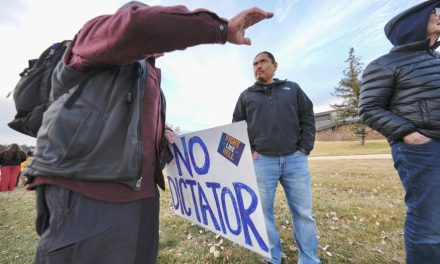
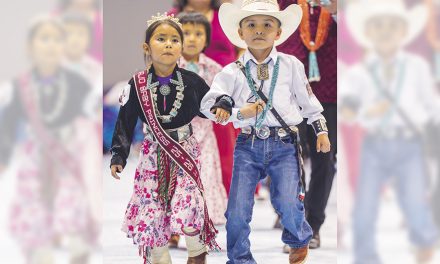
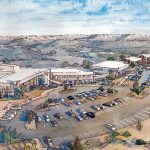
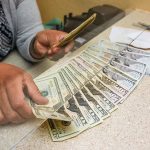



 Highway 264,
Highway 264, I-40, WB @ Winslow
I-40, WB @ Winslow